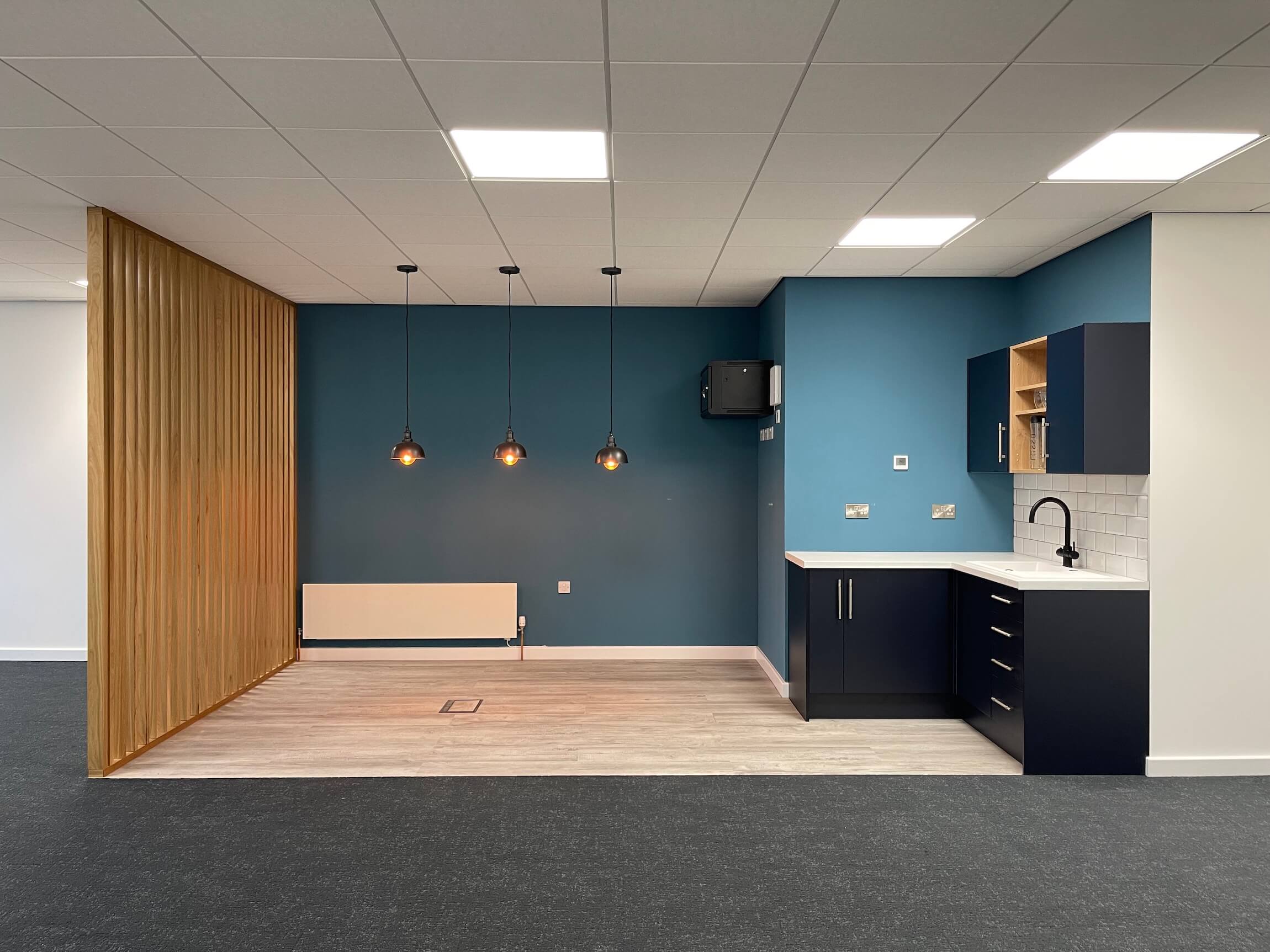Office dilapidation is ‘the process of giving a unit back the way you took it.’ With rising costs and London office space at a premium, understanding office dilapidations and how to manage them can significantly improve your bottom line.
Whether you’re approaching the end of your commercial lease or just starting a new tenancy, having a clear strategy for managing the complexities of dilapidation claims is imperative.
In this article, we will share the ways that commercial tenants can protect their interests and avoid costly mistakes, drawn from our work delivering commercial fit outs and dilapidations. We have carried out many dilapidation projects in London including Level 2, 30 OId Broad Street where we helped the trading firm tenant move from the adjacent building.
Carefully document the property’s condition at the start of the lease
Keeping good records of the state of the property, including detailed photographs and a schedule of condition when it’s handed over to you, provides crucial evidence to dispute unreasonable landlord claims. Many tenants lose money by failing to maintain these records throughout their tenancy.
When you get an office – do a schedule of conditions reports, take pictures, and make notes on the pictures to show the state of the premises. Ask for a report from the landlord on the state of the M&E; you want to know the state of everything that’s already in existence. And if you can also ask for the landlord’s own reports for reference.
Keep all of these contracts, reports, pictures, and information in a safe place for the full length of your lease. You know how you took space, so evidence it. By doing this, you‘ll be saving money in the long run as it will help prevent you from having to pay out for work or damage you were never responsible for.
If you don’t have the evidence, it’s hard to manage and resolve your landlord’s claims in your favour. So always remember to get your condition reports and keep them safe.
Ask your fit out contractor to consider ways to not damage the building fabric
When carrying out a commercial fit out, do ask your contractor to use installation methods that can enable the space to easily be brought back to its original state. For example, if you are looking to attach glass mullions to your external building facade – maybe ask your contractor not to screw them into the aluminium frame of the windows – but to glue them instead. By doing this, there will be no damage to the building fabric and no issues when you return the unit. Or if your space needs partitions, are there ways of installing them without screwing them into the main ceiling.
Regular building maintenance pays off in the end
Rather than storing up problems by not keeping up with maintenance, we always advise that tenants have a schedule of planned maintenance and renewal throughout the lease term.
In our experience, we’ve often found that keeping up with small jobs throughout a tenancy costs significantly less than addressing issues at the end. For example, having a planned preventative maintenance schedule for key building elements like HVAC systems, flooring, and decorative finishes can substantially reduce the final dilapidations bill substantially.
Consider office dilapidations 12 -18 months before the lease termination date
End-of-lease dilapidations surveys should be done well in advance of the contract end date, ideally 12-18 months before. This gives sufficient time to plan repairs and negotiate with landlords. This early assessment will also help you as a tenant budget effectively and avoid last-minute costs for urgent works.
Get contractors and surveyors involved early
Early stage engagement from surveyors and fit out contractors such as Turnea can help identify which repairs are truly necessary versus what might be negotiable with the landlord. We’ve found that this expertise often pays for itself by preventing unnecessary works and strengthening negotiating positions.
Understand the definition of ‘lease terms wear and tear’ vs ‘damage’
Understanding the specific lease terms regarding ‘wear and tear’ versus actual damage is essential. It’s easy for tenants to overspend on repairs that fall within acceptable wear and tear parameters, particularly with older buildings where some deterioration is expected.
Consider the cost-benefit analysis of repairs versus compensation.
Sometimes it’s more economical to offer the landlord a financial settlement rather than undertaking extensive repairs, especially if the space is likely to be significantly altered for the next tenant.
Managing office dilapidations isn’t difficult, once you know how to do it and have a clearly defined strategy. By taking a proactive approach, maintaining thorough documentation, and seeking expert guidance early in the process, you can significantly reduce your exposure to excessive claims and unnecessary costs.
Remember, successful dilapidations management is about striking the right balance between fulfilling your lease obligations and protecting your financial interests. Why not call us to talk about how we can help you navigate your next office dilapidations.
